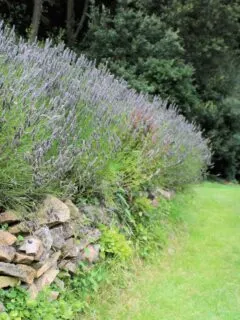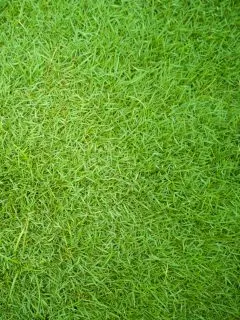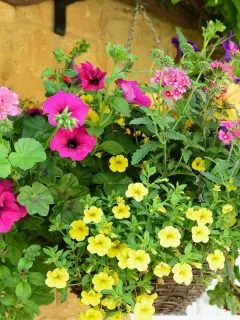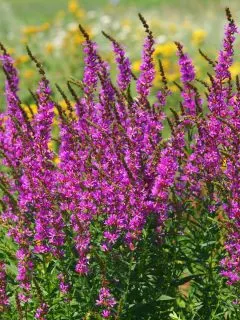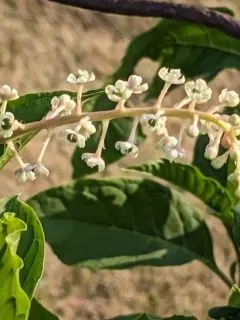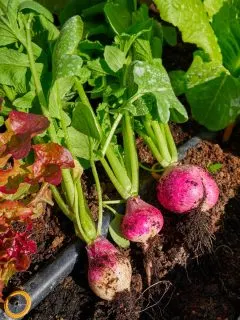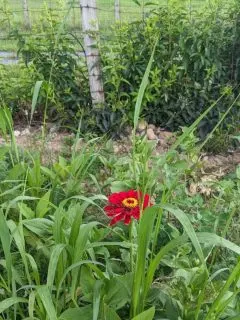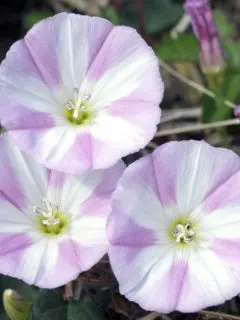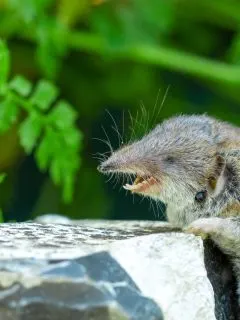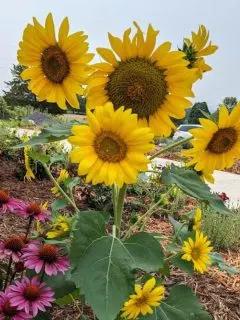A lavender hedge might be the perfect addition to your outdoor space if you love lavender and neat, orderly gardens. Almost as tidy as boxwoods but decidedly more colorful and fragrant, a lavender hedge gives a classical garden an extra spark of interest and beauty. But before you dive in, it’s important to understand how …
Serena Manickam
Depending on who you ask, bermuda grass (Cynodon dactylon) is either an excellent turfgrass or a terrible weed. It spreads aggressively and tolerates drought, heat, and foot traffic, making it perfect for filling in a lawn and staying lush and green throughout summer. But if bermuda grass ends up where you don’t want it, it …
Bright, colorful petunias bloom all summer, whether planted in a flower bed, container, window box, or hanging basket. These easy to please annuals come in a wide range of colors and fit in just about anywhere. Petunias even have a place in the vegetable garden, where they attract beneficial insects and might even help with …
Invasive plants threaten native plants, animals, and ecosystems, but they’re not only found in wild spaces. Many nurseries and garden centers continue to sell plants known to be invasive species, and you can even find invasive plants in some “wildflower” seed mixes. The good news? Thousands of beautiful garden plants are not invasive, so you …
With its vibrant colors and remarkable height, pokeweed (Phytolacca americana) is hard to miss, and you might even think it beautiful. This striking native of eastern North America also serves as an important food source for songbirds and other wildlife. However, pokeweed is toxic to both people and pets, and in some western states, it …
Radishes are a wonderful fast-growing crop to grow in the vegetable garden. Because they take as little as three weeks to mature, I like to tuck radishes in just about anywhere there’s a bit of extra space. By the time the other plants start getting big, the radishes can be harvested, freeing up more room …
One of the worst, most common weeds in the country, Johnsongrass is not only an irritating weed in the garden but also causes havoc in agriculture. It chokes crops and serves as a host to disease pathogens, insect pests, and nematodes. And although Johnsongrass can be used as forage for livestock, the plant becomes toxic …
The state of Montana lists 35 noxious weeds and regulated plants. These problematic plants cause damage to crops, livestock, habitats, ecosystems, or humans, and they often affect more than one of those categories. But many of the invasive plants in Montana don’t look like weeds at all. In fact, some of them might be growing in …
It has the body of a mouse, the snout of an anteater, and the poor vision of a mole, and it’s creating tunnels and holes in your lawn. I’m talking, of course, about the shrew. This tiny mammal doesn’t actually cause nearly as much damage as the rodents it resembles (and eats!), but if you’d …
I love planting a row of sunflowers along my vegetable garden fence. Their tall stalks add another level to the garden, and their large, yellow flowers bring sunny cheer. More than visual interest, though, sunflowers provide other benefits to the garden. They attract bees and other pollinators necessary for crops like squash and cucumbers, and …

